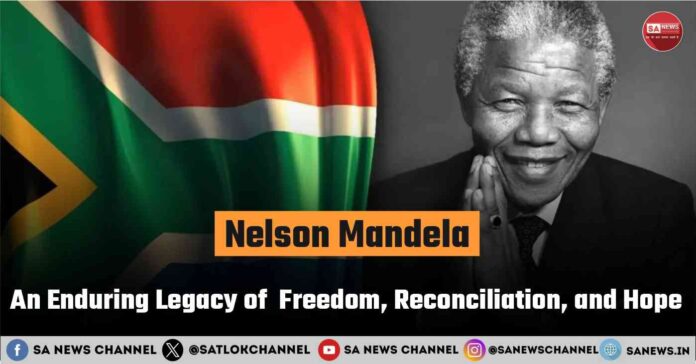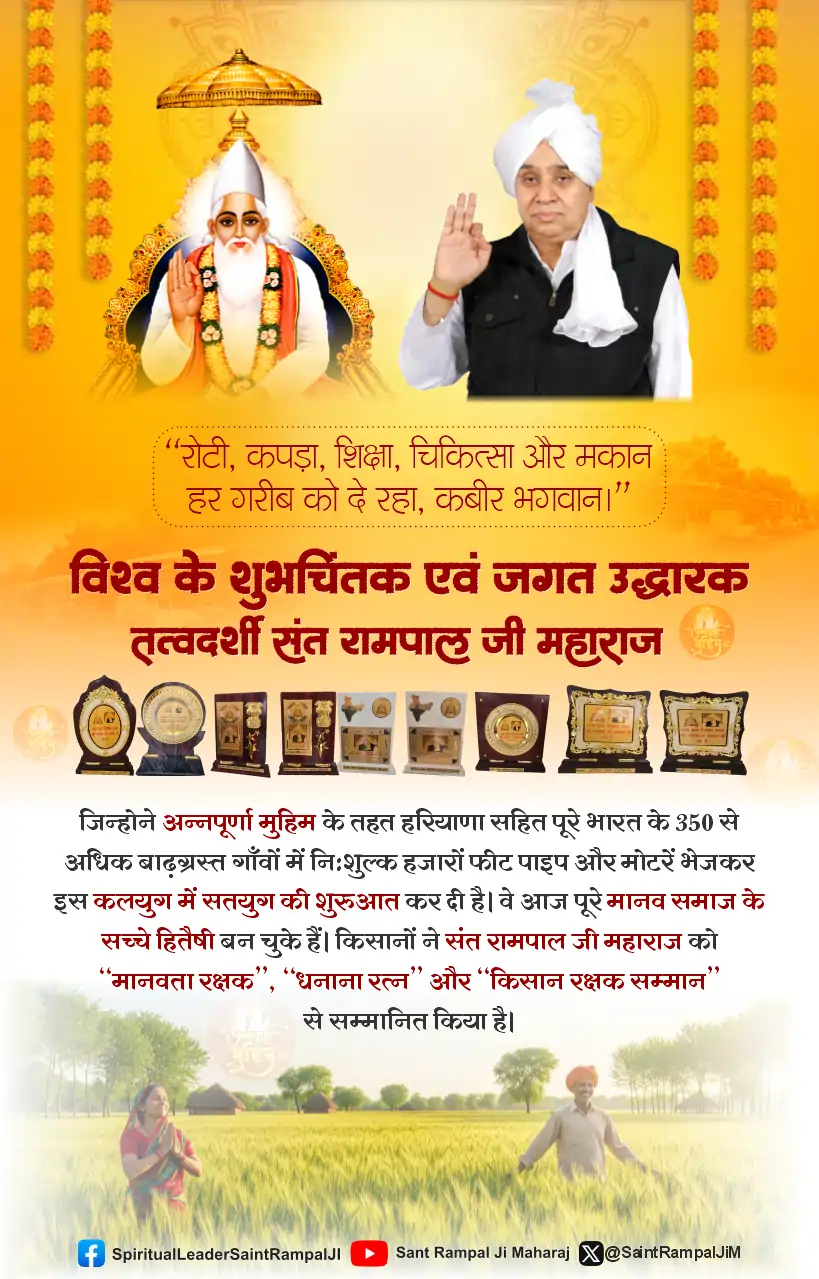Nelson Rolihlahla Mandela is considered as the timeless symbol of freedom, immense courage, forgiveness, and the unyielding pursuit of justice worldwide. From facing the charges of treason, the harsh confines of a prison cell to the presidency of a newly reborn South Africa and social service, Mandela’s journey is one that justifies the power of resilience and the triumph of the human spirit over oppression.
Nelson Mandela not only worked for the abolition of apartheid in South Africa, but was a global icon who worked for unity, equality and reconciliation throughout his life. As we dive into the story of Nelson Mandela, we discover that true leaders are not those who enjoy power, but also inspire, heal and bring people together.
Early Life and Education of Nelson Mandela: Roots of a Freedom Fighter
Nelson Mandela was born on July 18, 1918, in a small village of Mvezo situated in the Eastern Cape of South Africa. Nelson Mandela was born into the Thembu royal family. His father was a chief and counsellor to the Monarch of Thembu people. Nelson belonged to the Madiba clan, from where his clan name “Madiba” originated.
Nelson’s traditional background played a crucial role in instilling in him the qualities of justice and leadership. Nelson completed his formal education at the Missiles School and his law studies from the University of Fort Hare and the University of Witwatersrand (Wits University) in Johannesburg. These formative years played a key role in building a foundation of the global leader who transformed South Africa.
Understanding Apartheid: The System Mandela Resisted
Introduced formally by the National Party Government in 1948, Apartheid was the inhumane practice of discriminating against people on the basis of their race.

In this system the population was divided into four groups.
- White
- Black (often referred to as Bantu or African)
- Coloured (people of mixed racial heritage)
- Indian/Asian
This system was designed to gain supremacy over the major Black, coloured and Indian/ Asian population. This system denied the fundamental rights of the Black, Coloured and Indian/ Asian population which included proper voting, access to quality education and jobs and also property ownership in some areas. Also there was a division of public facilities, transportation and even neighbourhood based on the race. The system adopted violence to silence the dissent, but also gave rise to a nationwide protest and a strong resistance movement.
Mandela’s Legal Career and Political Awakening Against Apartheid
After attaining formal law education, Mandela set up a law firm with Oliver Tambo in Johannesburg and started his career as one of the first black attorneys in South Africa. With his firm, Mandela helped common Black people facing oppression because of the apartheid system sanctioned by the European government.

This exposure of Mandela to the apartheid system deepened his political involvement and commitment to fighting racial inequality in South Africa. Soon Mandela grew more politically active and started working with the African National Congress (ANC). This marked the transformation of Nelson Mandela from a lawyer to a political leader determined to uproot apartheid.
African National Congress and Mandela’s Role in the Freedom Movement
Mandela joined the African National Congress in 1943. Oliver Tambo, Walter Sisulu, and Nelson Mandela together laid the foundation of the ANC Youth League, which helped to mobilize the youth.

Mandela played an important role in arranging mass political strikes, defiance campaigns, and protests, promoting nonviolent resistance in order to regain equality and respect for the oppressed and the Black South Africans. Over the years, Nelson Mandela’s leadership transformed the small organization into a national movement that brought together people across South Africa to fight for democracy.
The Sharpeville Massacre: Turning Point in South Africa’s Struggle
The peaceful struggle against apartheid took a turn on March 21, 1960. A peaceful protest against oppression resulted in a horrific tragedy, where police opened fire on the unarmed crowd, killing 69 innocent Black South Africans.

This brutality upon the innocent people was condemned globally and forced leaders like Nelson Mandela to rethink their peaceful approach to attain democracy. In its aftermath, the resistance intensified, resulting in Mandela and other leaders adapting a militant strategy against the government.
Also Read: August Kranti: The Quit India Movement Commemorating Day
This event is referred to as the Sharpeville Massacre. Sharpeville Massacre is considered one of the darkest moments in South African history, which proved to be a turning point in the fight against apartheid in South Africa.
From Peaceful Protest to Armed Struggle: Mandela’s Strategic Shift
Following the Sharpeville massacre, Mandela adapted a more militant strategy to fight against oppression. In 1961, Mandela helped establish the armed wing of the African National Congress (ANC) called Umkhonto we Sizwe (Spear of the Nation). The main aim behind the formation of this wing was to cause destruction to key state installations without harming civilians. This wing was launched on December 16, 1961.
Mandela’s Imprisonment and the Historic Rivonia Trial
Mandela faced charges of sabotage and the conspiracy against apartheid system and began imprisonment with the Historic Rivonia Trial of 1963-1964. Instead of pleading for mercy, Mandela took the help of the courtroom to defend the moral legitimacy of their cause, delivering his iconic statement known as the “Speech from the Dock”.

Nelson Mandela was confined to Robben Island following his life imprisonment. The harsh living conditions of the island did not break Nelson Mandela’s spirit behind the bars and turned him into a global figure of resilience.
Mandela’s Release and Leadership in Ending Apartheid
On February 11, 1990, Nelson Mandela was released after 27 years of imprisonment, marking the rise of a new era in South Africa. His freedom was a tight slap on the face of the apartheid system and marked the triumph of perseverance over oppression. Instead of seeking revenge against the oppression by the government, Mandela came up with the message of reconciliation and unity.
Being a leader of the African National Congress (ANC), Nelson, along with President F.W. De Klerk, concluded in the first multiracial election in South Africa in 1994. Mandela attained a landslide victory in the elections and took charge as the first Black President of South Africa, marking the commencement of truth and reconciliation in South Africa.
The Truth and Reconciliation Commission: Healing South Africa’s Wounds
The Truth and Reconciliation Commission (TRC) started in 1995 with an aim to help South Africans heal after the abolishment of apartheid. The commission was led by Archbishop Desmond Tutu and targeted to seek the stories of pain and oppression during the time of apartheid.

In this system, victims shared their stories and the oppressors, who admitted their faults, could ask for forgiveness. This system, instead of the typical punishment process, focused on establishing peace, honesty, and unity.
Mandela’s Social Work and Lasting Legacy of Peace and Equality
Nelson Mandela served as the first democratically elected President of South Africa from May 10, 1994 to June 14, 1999. Mandela handed his presidency to his deputy, Thabo Mbeki, who became Mandela’s designated successor.

After retiring from politics, Mandela continued his social work by working with the Nelson Mandela Foundation. His foundation worked for providing human rights, awareness for AIDS, and community development. Mandela is the symbol of forgiveness, peace, and justice, and his legacy continues to inspire millions worldwide.
Awards and Achievements: Honoring Mandela’s Lifelong Struggle for Justice
Nelson Mandela gained international fame and recognition for his struggle against the apartheid system and his legacy of the truth and reconciliation. He was awarded with 250 honours in his lifetime. Some of them are listed below:
- Nobel Peace Prize (1993) with President F.W. Clerk
- Bharat Ratna (1990)
- U.S. Presidential Medal of Freedom (2002)
- Order of Merit (1995)
- Lenin Peace Prize (1990)
- Sakharov Prize for Freedom of Thought (1988)
- Nishan-e-Pakistan (1992)
- International Gandhi Peace Prize (2001)
- Order of St. John (2004)
- Queen Elizabeth II Golden Jubilee Medal (2002)
Ending Spiritual and Social Discrimination: Saint Rampal Ji Maharaj’s Mission
Saint Rampal Ji Maharaj from Sonipat, Haryana, is the only saint currently working to uproot spiritual and social discrimination based on caste, creed, gender, or color. In his spiritual discourses, Saint Rampal Ji Maharaj imparts the knowledge that social and spiritual discrimination can only be abolished with the true Tatvagyan provided by the Supreme God Kabir Saheb.
Saint Rampal Ji Maharaj is the incarnation of Supreme God Kabir Saheb and is guiding people on the true path to salvation. Readers are requested to watch the spiritual discourses of Saint Rampal Ji Maharaj on the Sant Rampal Ji Maharaj YouTube channel.




